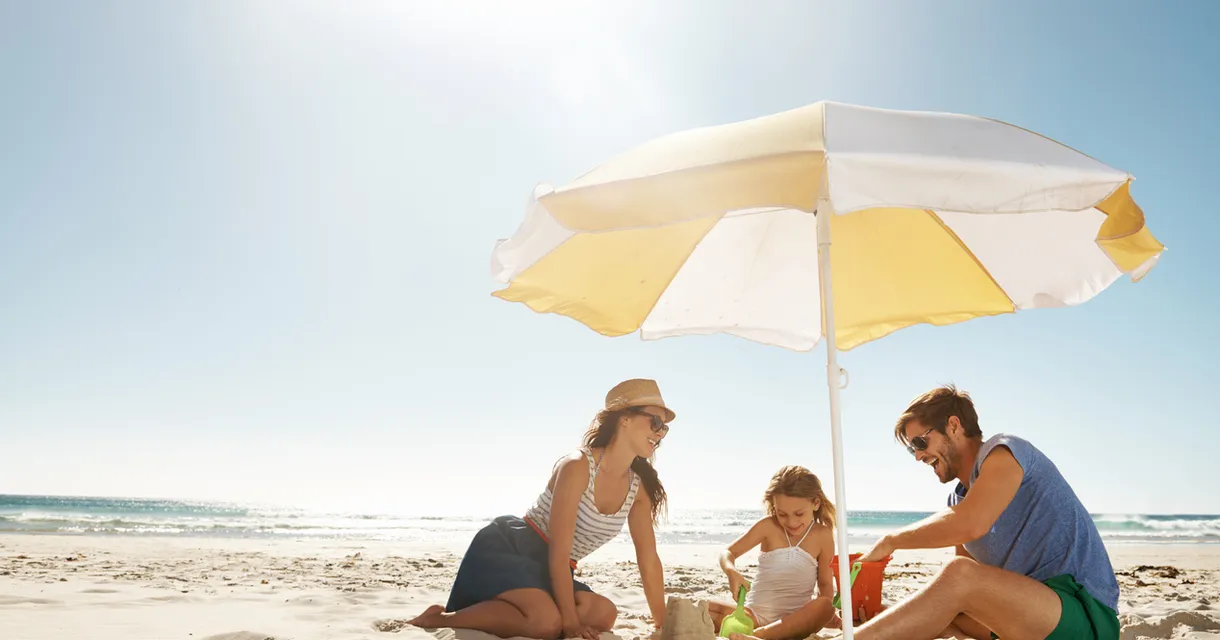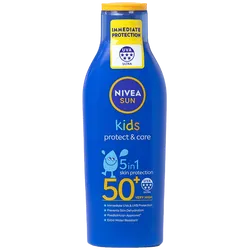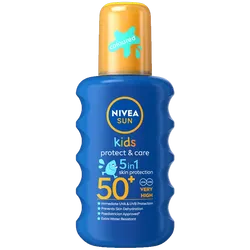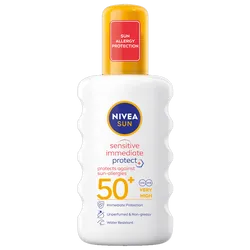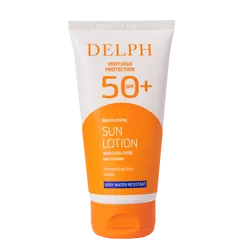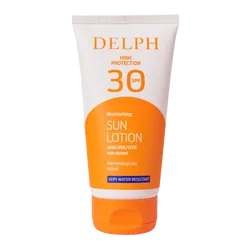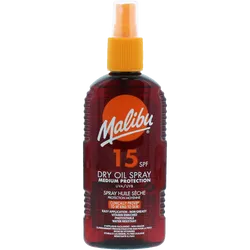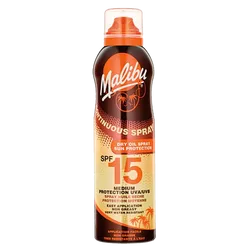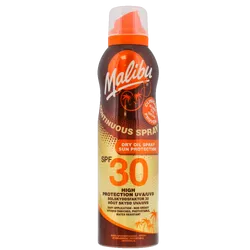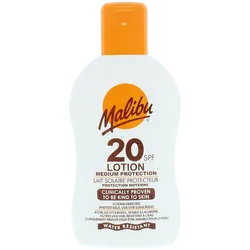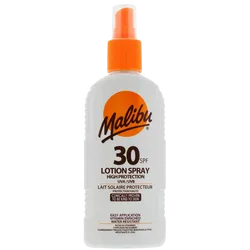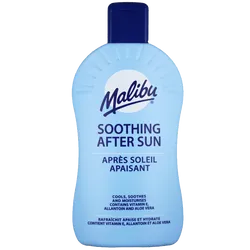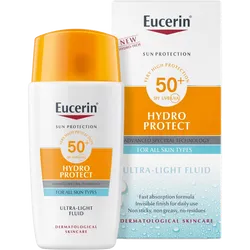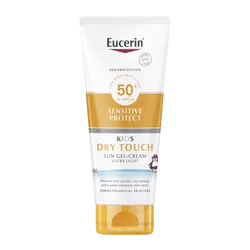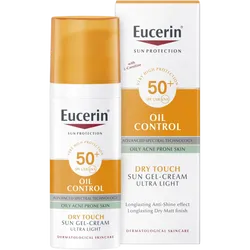Sun Safety and SPF Protection
Protecting your skin from the sun’s harmful rays is one of the most important steps you can take to reduce your risk of skin cancer, premature ageing, and sunburn. Yet, many people still have questions about how sunscreen works, what SPF really means, and how to choose the right product. In this guide, we’ll break it all down so you can stay safe and enjoy the sunshine responsibly.
What Does SPF Stand For?
SPF stands for Sun Protection Factor. It measures how well a sunscreen can protect your skin from UVB rays, the type of ultraviolet radiation that causes sunburn and contributes to skin cancer.
- SPF 30 means you can theoretically stay in the sun 30 times longer than if you weren’t wearing any sunscreen before burning.
- No sunscreen blocks 100% of UVB rays. Even SPF 50 only blocks about 98%.
It’s important to remember that SPF only refers to UVB protection, not UVA. Learn more from Cancer Research UK.
Why is Sunscreen Important?
- Reducing skin cancer risk by protecting against UV radiation.
- Preventing sunburn which damages the skin.
- Reducing premature ageing like wrinkles and sun spots.
- Protecting against hyperpigmentation and skin discolouration.
- Maintaining skin health year-round, even on cloudy days or in winter.
While sunscreen is most critical during the summer months, UV rays can damage your skin throughout the year.
UVA vs UVB
| Type | What it Does | Penetration | Risk |
|---|---|---|---|
| UVA | Ages skin (wrinkles, sagging, pigmentation) | Deep into skin | Skin ageing, skin cancer |
| UVB | Causes sunburn | Superficial skin layers | Sunburn, skin cancer |
| UVC | Absorbed by ozone layer | Doesn’t reach surface | No protection needed |
That’s why it’s important to choose a broad-spectrum sunscreen that protects against both UVA and UVB.
SPF 15, 30, 50 - What’s the Difference?
| SPF Level | % UVB Blocked | Best For | Recommended Product |
|---|---|---|---|
| SPF 15 | ~93% | Everyday incidental sun exposure (short periods outdoors) | Malibu Dry Oil Spray SPF15 |
| SPF 30 | ~97% | General UK summer use, moderate outdoor activity | Malibu Sun Lotion SPF30 |
| SPF 50 | ~98% | Prolonged sun exposure, high risk groups (fair skin, children, holiday abroad) | Nivea Sun Kids Protect & Care Lotion SPF50+ |
What Do Sunscreen Stars Mean?
| Stars | UVA Protection |
|---|---|
| ★ | Low |
| ★★ | Moderate |
| ★★★ | Good |
| ★★★★ | Superior |
| ★★★★★ | Ultra |
You should always aim for products with 4 or 5 stars to ensure adequate UVA protection.
For more info, see the NHS Sunscreen and Sun Safety guide.
Also see our guide on which sun protection is best for which scenario.
Sun Safety Guidelines - How to Stay Protected
- Stay in the shade between 11am and 3pm.
- Cover up with hats, sunglasses, and light clothing.
- Apply sunscreen 15-30 minutes before sun exposure.
- Use at least SPF 30 with high UVA protection.
- Reapply every 2 hours, and after swimming or sweating.
- Use enough — adults need around 35ml per full-body application.
- Avoid sunbeds completely.
Suncream and SPF FAQs
How often should I apply suncream?
Apply sunscreen every 2 hours, and immediately after swimming, sweating, or towel drying. Even "water-resistant" products still need frequent reapplication.
What SPF should I use?
- Children & fair skin: SPF 50 with 4-5 UVA stars.
- Moderate sun exposure (UK summer): SPF 30 minimum.
- High sun exposure (abroad, outdoor sports): SPF 50.
For vulnerable groups or prolonged sun exposure, Nivea Sun Sensitive Immediate Protect Spray is highly recommended.
Can you still tan with SPF?
Yes. SPF reduces UVB penetration but doesn't entirely block UVA, which contributes to tanning. You may still tan with SPF 50, but your skin will be much better protected.
Difference between SPF 30 and 50?
| SPF | UVB Blocked | Suitable For |
|---|---|---|
| 30 | ~97% | Most daily outdoor activity |
| 50 | ~98% | High risk groups, holidays, strong sun |
Is SPF 30 enough?
For most UK use, SPF 30 with high UVA protection is sufficient. However, SPF 50 offers added protection for children, holidays, or those at higher risk.
Is SPF 15 enough?
SPF 15 provides basic protection (~93%) but is generally considered too low for prolonged exposure. It may be acceptable for short incidental sun exposure but not recommended for outdoor activities or holidays.
Don't forget your hayfever essentials. Find out more about Hayfever abroad.
Written by Allan Green, Pharmacist & Health Writer
Authoritative advice you can trust. If you’re looking for expert pharmacy-backed skincare advice, browse our full Sun Protection Range.
